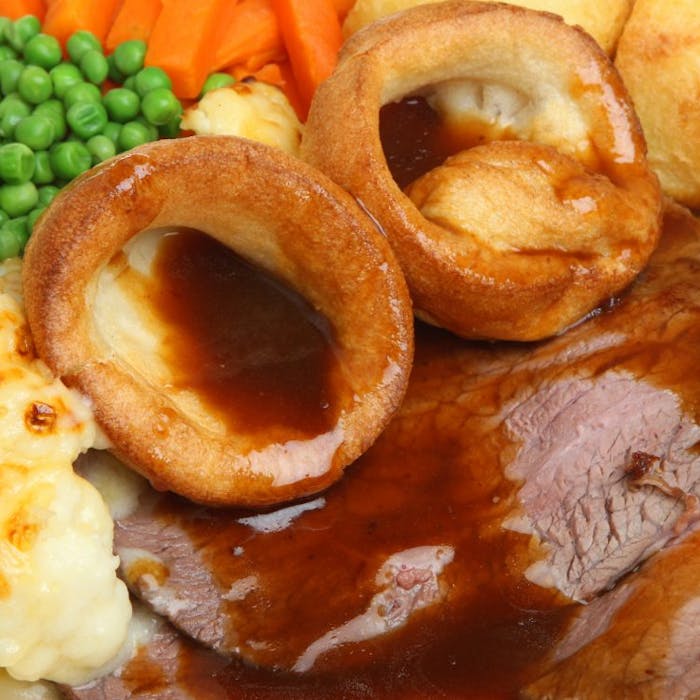
A true British classic - the Yorkshire pudding
Once known as the Dripping Pudding, the Yorkshire pudding is a popular side dish in England, often served with a Sunday roast. It is a baked pudding made from a batter of eggs, flour, and milk or water, heated strongly to rise and obtain a light texture. It has featured in a list of 'ten things people love about Britain'.
An early recipe for 'dripping pudding' appeared in Sir Alexander William George Cassey’s The Whole Duty of a Woman, in 1737. However, in 1747 Hannah Glasse published a recipe with similar instructions in her book The Art of Cookery, but called it a Yorkshire pudding.
It has been suggested that the pudding got the name Yorkshire due to the region’s association with coal and the higher temperature this produced, which helped to make the batter crispier.
Originally, the Yorkshire pudding was served as a first course with thick gravy to dull the appetite. It is claimed that a perfect Yorkshire pudding mixture needs to be light and airy, with the fat in the bottom of the cooking dish required to be as hot as possible in order for it to rise. The Royal Society of Chemistry suggested in 2008 that a Yorkshire pudding isn’t a Yorkshire pudding if it is less than four inches tall.
National Yorkshire Pudding Day has been celebrated on the first Sunday in February in Britain since 2007.
Further reading
Links to external websites are not maintained by Bite Sized Britain. They are provided to give users access to additional information. Bite Sized Britain is not responsible for the content of these external websites.
